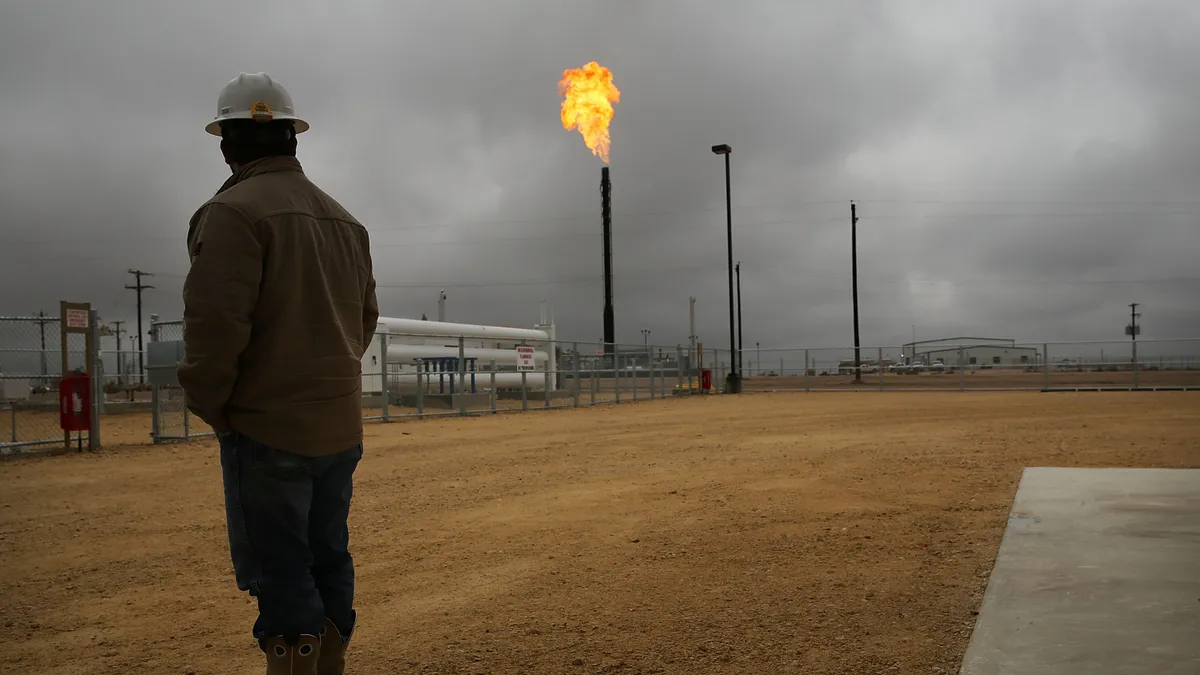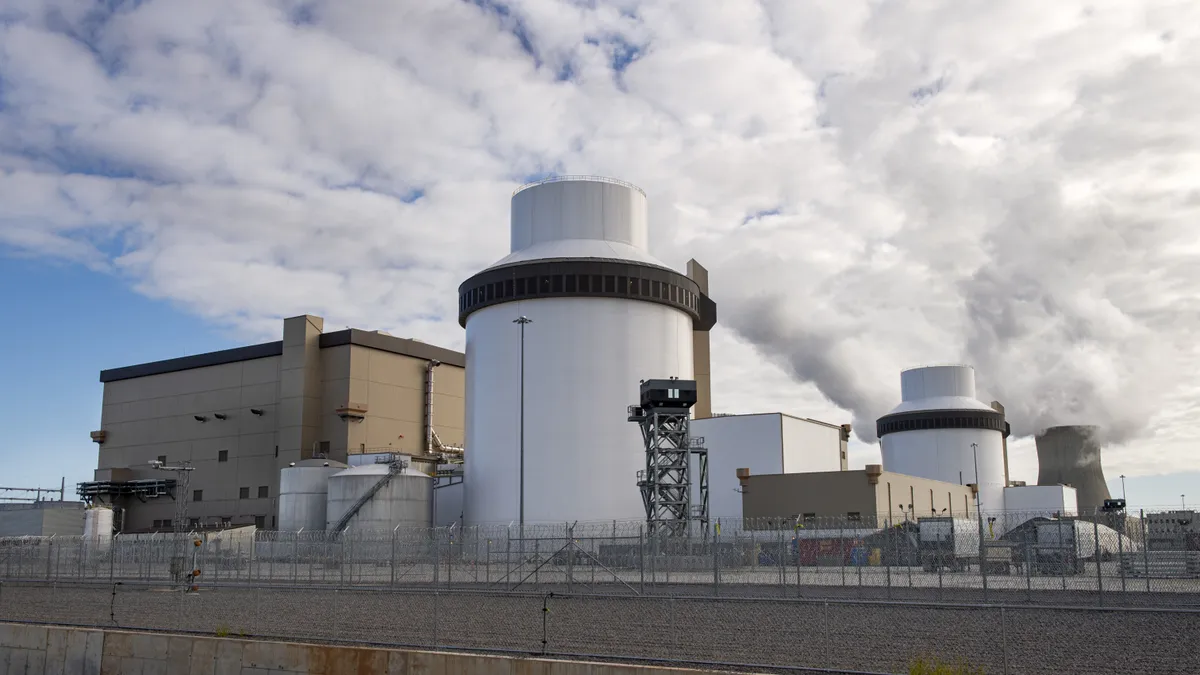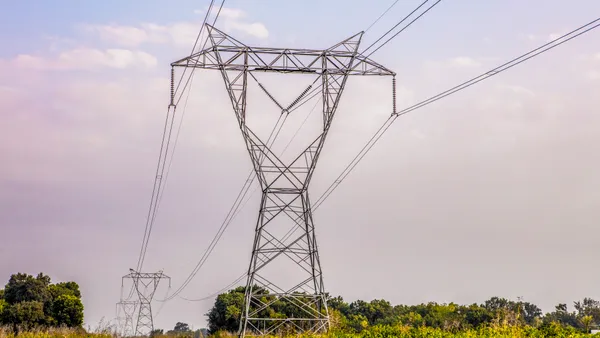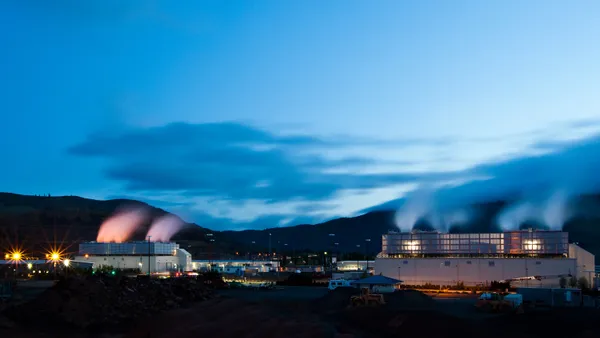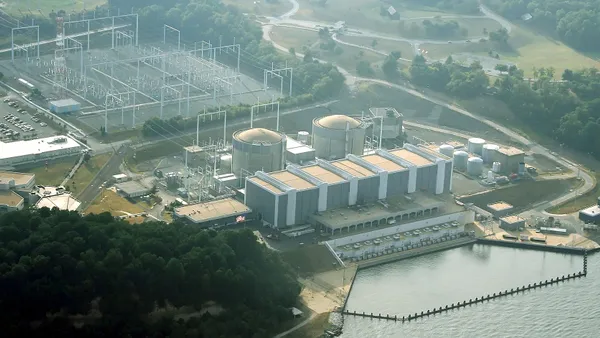Dive Brief:
- With little load growth and falling winter peaks, ISO New England will turn to distributed resources, energy efficiency and natural gas to meet demand for electricity across the next decade, Platts reports.
- In its 2015 Regional System Plan issued last week, the grid operator said it expects flat demand for annual electric use across the next decade, with a 0.6% increase to the summer peak and a small reduction to winter peak demand.
- Energy efficiency is driving the reduction in winter peak demand, which is expected to drop 0.1% annually, the ISO said, and will help to mitigate winter reliability issues.
- Solar capacity will more than double between 2014 and 2019, and will reach almost 2,500 MW by the end of the planning period, largely driven by Massachusetts.
Dive Insight:
New England has been plagued by a growing reliance on natural gas — a problem that was especially exposed during the 2014 polar vortex — but the region's grid operator said slowing demand growth, with the helped of energy efficiency, is mitigating worries about meeting peak needs.
"The region has reached a turning point in addressing several key challenges to system reliability," the grid operator said in its annual system planning document. "New England increasingly relies on natural-gas-fired generation, which can expose the region to significant energy supply, reliability, and price issues. ... The integration into the New England system of energy efficiency and variable energy resources, including wind and PV, also help address fuel-certainty issues."
Improvements to wholesale energy and ancillary markets, potential gas pipeline expansions and the increased use of LNG during peak hours "could further address these issues over the long term," ISO New England said.
Without new solar and energy efficiency, ISO New England said annual and peak demand would both be rising, at 1% and 1.3% annually, respectively.
Massachusetts is behind most of ISO New England's expected solar growth. Installed capacity in the region was less than 1,000 MW last year but will reach 2,000 MW by 2019.
The operator's final energy efficiency forecast for 2019 to 2024 projects average annual spending of more than $1 billion in the six-state region, but also shows significant energy savings. The ISO said the regional annual average savings in energy use attributable to new energy-efficiency measures, which does not include cumulative efficiency savings before 2019, will reach 1,616 GWh.
"The forecast for the total savings in energy use from the growth of EE projected for 2019 to 2024 is 9,696 GWh," ISO New England said. "The states’ growth of annual average savings in energy use ranges from a low of 58 GWh in New Hampshire to a high of 831 GWh in Massachusetts."





